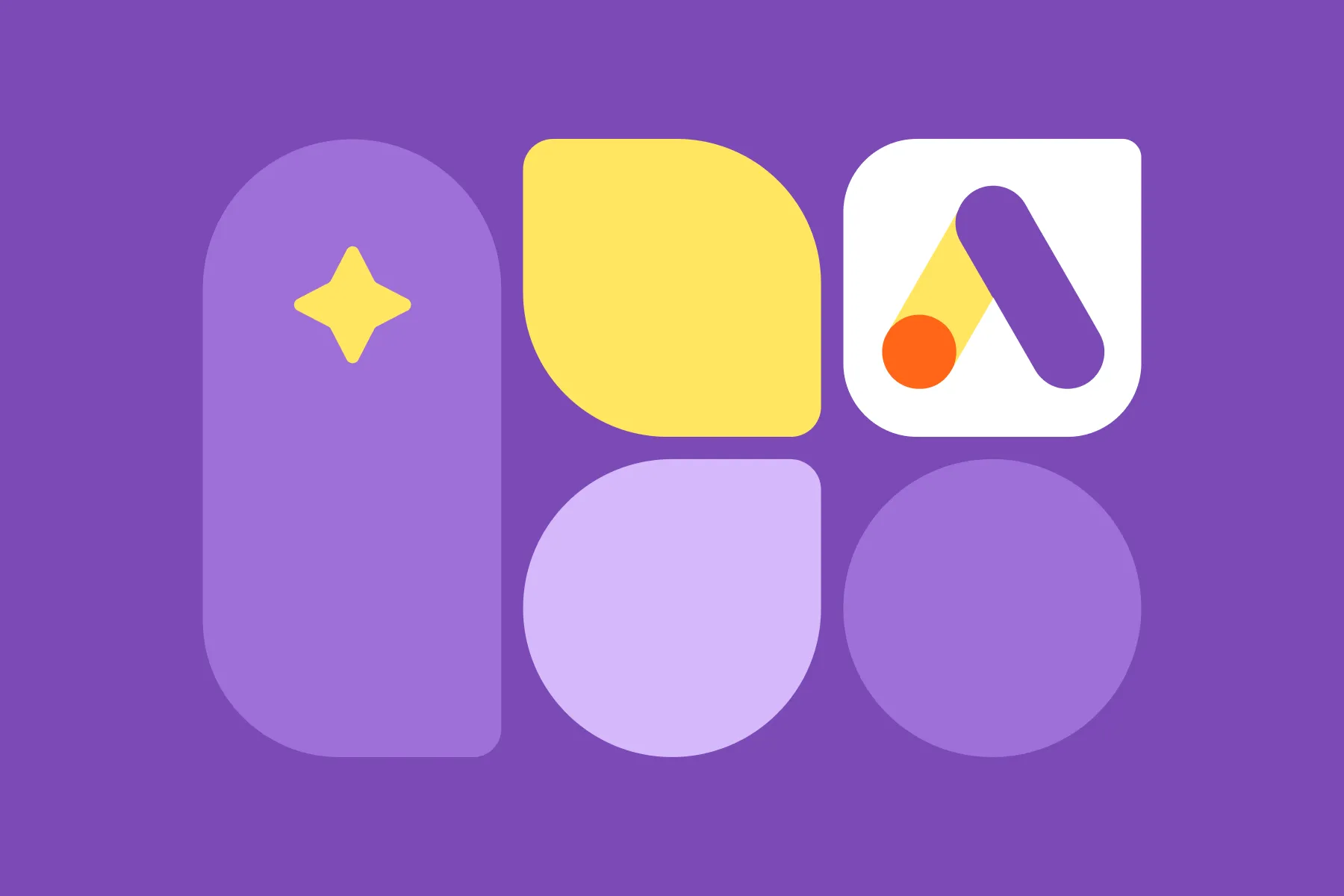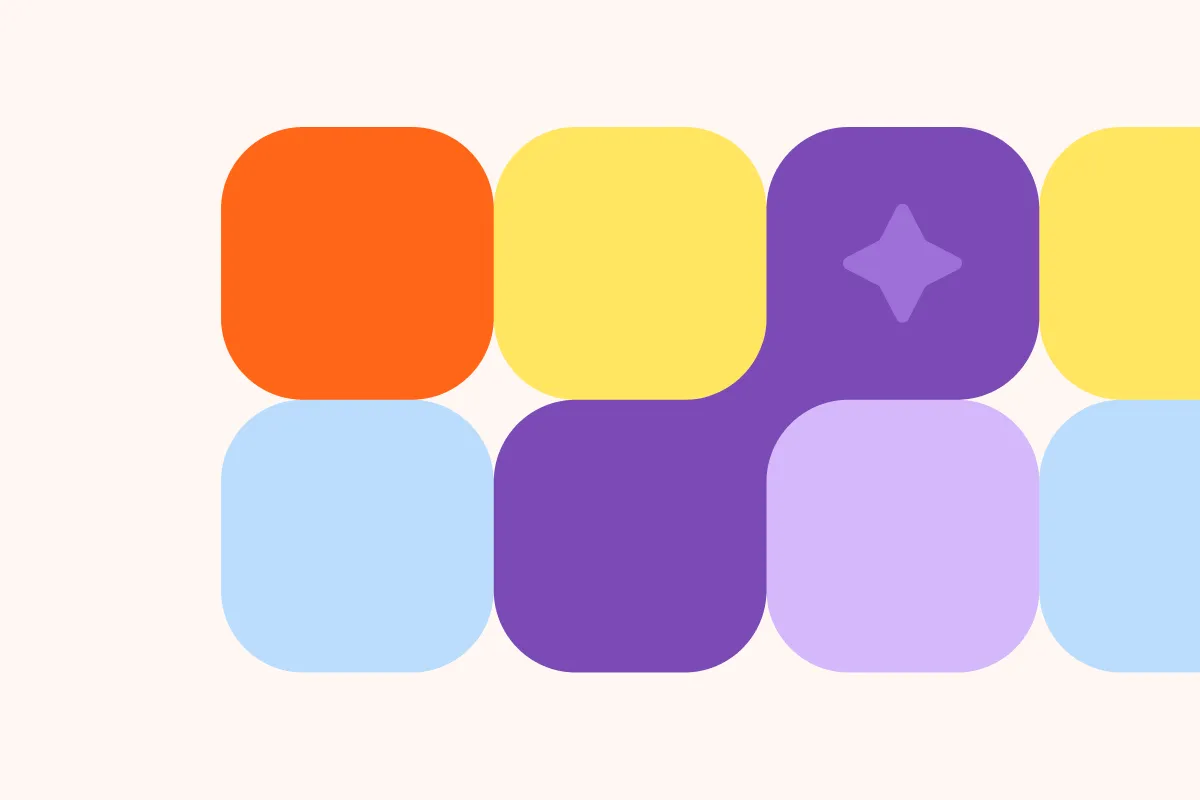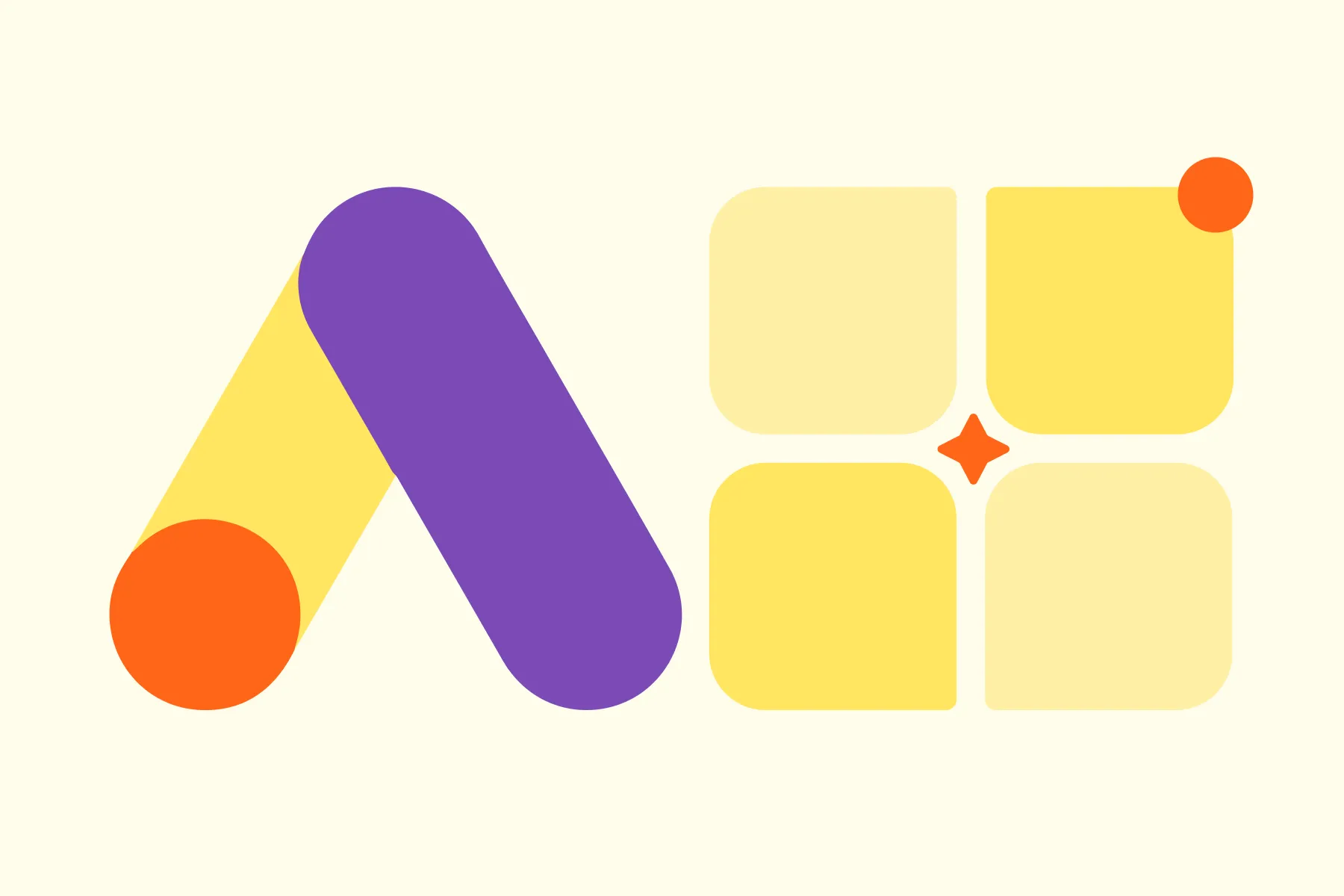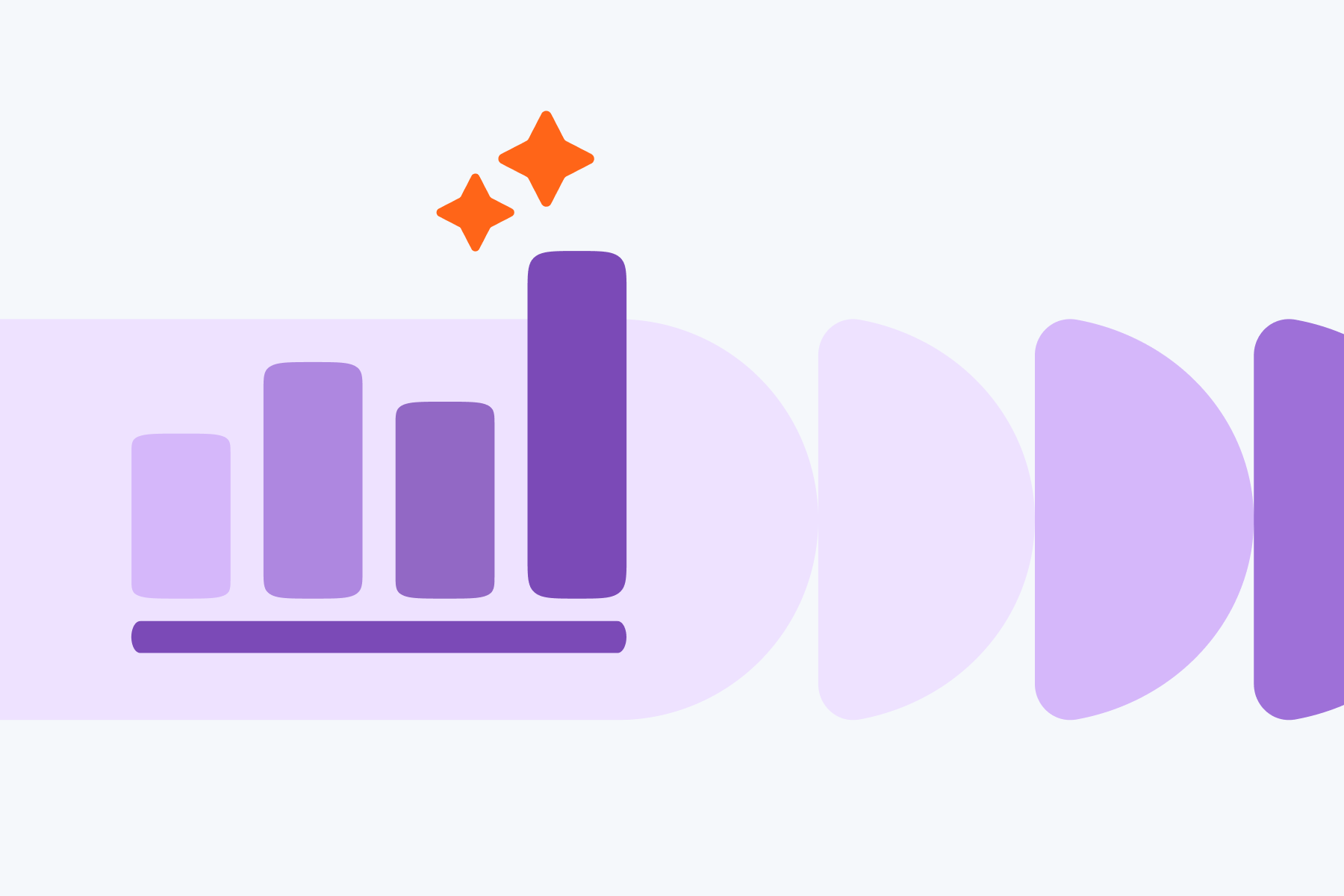Google Ads for SaaS: 2025 Best Practices Guide
Anastasiya Khvin
October 6, 2025

Google Ads for SaaS isn't what it was three years ago.
We've been running paid search campaigns for B2B SaaS companies at Aimers for years (everything from scrappy startups to enterprise players like Mixpanel and ShipBob). Most SaaS marketers are still running Google Ads like it's 2019. The playbook changed. The auction dynamics shifted. The companies that figured this out early? They're eating everyone else's lunch.
Why B2B SaaS Companies Are Doubling Down on Google Ads
Despite all the noise about "community-led growth," B2B SaaS companies we work with are investing more in Google Ads than ever. Intent-based marketing still works. When someone types "project management software for remote teams" into Google, they've got a problem and they'll probably make a decision soon. Google Ads lets you intercept buyers at the exact moment they're looking.
We've audited dozens of SaaS Google Ads accounts. The pattern is always the same. Campaigns that looked promising in month one slowly hemorrhage money by month six. Cost per acquisition creeps up. Conversion rates drift down. The channel becomes a break-even slog.
But the SaaS companies winning aren't smarter than you. They're playing a different game.
The Fundamental Shift: How Google Ads Strategy for SaaS Has Evolved
Remember when you could bid on your category keywords, write some ad copy, send traffic to your homepage, and call it a day? Those days are gone.
The Google Ads landscape for B2B SaaS changed in three big ways. First, the auction got crowded (CPCs jumped 30-60% over the past two years). Second, buyer behavior shifted. B2B buyers now interact with 7-9 touchpoints before converting. A single click rarely leads to a sale anymore. Your Google Ads strategy needs to account for this longer journey.
Third, Google's automation got good. Smart Bidding, responsive search Ads, and Performance Max campaigns work now. But they need careful management. The companies crushing it with Google Ads for SaaS in 2025 understand these dynamics.They're orchestrating multi-touch systems that guide prospects from first click to closed deal.
.webp)
From Product-Led to Ads-Led: When SaaS Startups Should Start Running Google Ads
If you're pre-product-market fit, hold off. Google Ads isn't a discovery tool; it's an amplification tool. But once you've got 20-30 customers who love your product and closed deals on repeat? That's when Google Ads becomes powerful for SaaS startups. You can test messaging at scale and validate whether the keywords your target audience searches match reality.
We worked with a B2B SaaS startup at $2M ARR that ignored Google Ads because "it seemed expensive." When we launched campaigns, we discovered hundreds of monthly high-intent searches from their exact ICP. Within six months, Google Ads became their second-largest customer acquisition channel.
Understanding the True ROI of SaaS Google Ads Beyond Surface-Level Metrics
You can't evaluate Google Ads success the same way e-commerce does. A B2B SaaS deal that starts with a $0 free trial today might generate $50K in LTV over three years. Yet we still see SaaS marketers obsessing over cost per click without connecting those metrics to actual revenue.
What we track: cost per qualified leAds (qualified based on fit and intent), trial-to-paid conversion rate by acquisition source, LTV:CAC ratio at the campaign level, and return on ad spend measured across the full customer lifecycle. Most SaaS companies we audit don't have this set up properly (like 70-80% of them).
Real Results: When we started working with Originality.AI, their Google Ads were generating trials but no visibility into which campaigns drove paid conversions. We implemented proper conversion tracking and increased their Google Ads sales by 100%.
One thing we always tell our SaaS clients at Aimers: marketing rarely fails because of low traffic. The real leak is often deeper in the funnel (in measurement or attribution).
Building Your Foundation: Google Ads Account Architecture for B2B SaaS
The structure of your Google Ads account matters way more than most people realize. But what we see? Frankenstein accounts. Campaigns created hastily. Ad groups bloated with irrelevant keywords. It's killing performance. For a comprehensive overview of proper account structure, check out WordStream's guide to Google Ads account structure.
Campaign Structure That Scales Your SaaS Business
The campaign structure we build for B2B SaaS clients: Brand campaigns protect your brand terms. Competitor campaigns bid on competitor names when it makes sense. High-intent product campaigns are your money-makers (these target people searching for specific solutions). Problem-aware campaigns capture broader searches. Remarketing campaigns target people who've already visited, critical for long sales cycles.
Within each campaign, we segment ad groups by tightly themed keyword clusters (5-15 related keywords per ad group). This lets you write ad copy that's super relevant to search intent.
.webp)
Segmenting High-Intent Keywords from Discovery-Stage Search Terms
Someone searching "what is CRM software" is in a different mindset than someone searching "CRM for real estate teams under 10 users." You need to bid on both, but you handle them differently. High-intent keywords have higher CPCs but convert at much higher rates. Discovery-stage keywords help you reach people before competitors do.
The mistake is treating them the same. If you're expecting your "what is project management" campaign to have the same conversion rate as your bottom-funnel campaigns, you're going to make bad decisions.
Mastering SaaS Ad Copy That Converts Enterprise Buyers
Your ad copy probably sucks. We say it because we've reviewed hundreds of SaaS Google ad campaigns, and the ad copy is almost always the weakest link. It's generic. Focuses on features nobody cares about.
Writing effective ad copy for B2B SaaS requires understanding three things. First, you're selling to people, not companies. Second, features don't matter (outcomes do). Nobody cares about "advanced reporting capabilities." They care that they can "close their books 10 days faster." Third, B2B buyers are skeptical.
Most SaaS companies write: "Project Management Made Easy | Free Trial Available"
What we'd test: "Stop Losing Project Scope in Email ThreAds - Built for creative agencies. Free 30-day trial, no card required."
See the difference? The second speaks to a specific pain point and qualifies the target audience right away.
Writing Responsive Search Ads for Complex B2B SaaS Solutions
Responsive search Ads work (if you set them up right). The biggest mistake? Treating RSAs like a dumping ground. We bucket our headlines into themes: 2-3 focused on core outcome, 2-3 highlighting differentiation, 2-3 addressing pain points, 2-3 with social proof, 2-3 with offers. This gives Google flexibility while maintaining message coherence. Learn more about responsive search ad specifications and best practices.
The Landing Page Equation: Where Most SaaS Google Ad Campaigns Fail
You can have perfect keyword targeting and brilliant ad copy and still waste money if your landing page doesn't convert. A SaaS company invests thousands in getting clicks, then sends traffic to a generic homepage.
What a high-converting SaaS landing page needs: message match from the ad, clear value proposition above the fold, credible social proof, friction-free conversion path, and mobile experience that actually converts.
At Aimers, landing page design (https://aimers.io/services/landing-page-design) is core to our work. With ShipBob, we increased conversions by refining their landing page. The clicks stayed the same (the landing page made all the difference). Even the best ad campaign can't save a broken landing page.
Advanced Bidding Strategies for Long Sales Cycles
B2B SaaS sales cycles are painfully long (30, 60, even 90+ days). This creates a problem: Google's algorithm wants fast feedback loops.
Smart Bidding vs. Manual for B2B SaaS
Smart Bidding can be powerful when you have enough conversion data. Google recommends at least 30 conversions per month per campaign. Under 30 conversions: stick with manual CPC. Between 30-100: test Target CPA. Over 100+: Smart Bidding typically outperforms manual. For more on making Smart Bidding work for your business, see WordStream's analysis of Google Ads trends (https://www.wordstream.com/blog/google-Ads-trends-2025).
.webp)
Optimizing Your Ad Spend When Customer Acquisition Takes 90+ Days
The strategy for SaaS companies with long sales cycles: work toward micro-conversions that predict macro-conversions. Trial signups with company emails, users who complete onboarding, engaged trial users. These happen within days, giving Google's algorithm faster feedback.
Also: offline conversion imports. If your CRM tracks closed deals back to original Google Ads clicks, import those conversions. This lets you optimize for actual revenue while giving the algorithm signal.
Remarketing Campaigns That Move the Needle
If you're running Google Ads for B2B SaaS without remarketing campaigns, you're leaving serious money on the table. Most website visitors don't convert on first visit. But they showed interest (they're way more valuable than cold traffic).
How we structure remarketing campaigns: segmented audiences based on behavior, sequential messaging (don't show the same ad 47 times), and cross-channel remarketing across Google Display Network, search, and YouTube.
Using Google Display Network to Nurture Trial Users
For most SaaS businesses, trial-to-paid conversion rate sits around 10-25%. That means 75-90% of people who signed up don't become customers. That's massive opportunity.
We use Google Display Network remarketing to nurture trial users with different messaging: "Stuck on setup? Watch this 2-minute tutorial" or "Your trial ends in 3 days." We set campaigns to show Ads starting day 2-3 of trial. We've seen trial-to-paid rates improve 15-30%.
Video Ads for Product Education and Return on Ad Spend
Most B2B SaaS companies are sleeping on video Ads. YouTube is the second-largest search engine. Video remarketing can be powerful for complex SaaS products. But video Ads for B2B SaaS are not about brand awareness (they're educational and product-focused): explainer videos showing features solving problems, customer testimonials, tutorial videos for trial users.
The Keyword Strategy Matrix for Different SaaS Business Models
Not all SaaS businesses should approach keyword strategy the same way. High-touch enterprise SaaS should lean toward problem-aware and solution-aware searches (focus on educational keywords early). Self-serve PLG SaaS needs high-intent, ready-to-buy keywords. Mid-market B2B SaaS needs both. Vertical SaaS has an advantage: specificity. Go deep on industry-specific keywords with lower CPCs and higher conversion rates.
.webp)
Competitor Keywords: When to Target and When to Avoid
Competitor keywords make sense when you have a clear differentiator, you're targeting a well-known competitor with high search volume, or you're positioned as an alternative. Skip when you're a small startup bidding on category leaders (you'll overpay for clicks). When we run competitor campaigns, we structure them separately with comparison landing pages. Defending your own brand keywords is non-negotiable.
Using Google Keyword Planner to Uncover High-Intent B2B Search Volume
Google Keyword Planner is free and most SaaS marketers barely use it. Start with seed keywords you know convert, use "Get search volume and forecasts," then "Discover new keywords" by entering your URL. Look for keyword gaps with decent search volume but low competition. Pay attention to trend data. Export lists and cross-reference with your search term reports (you'll find keywords you're already getting impressions for). For deeper keyword research techniques, Neil Patel's SEO basics guide (https://neilpatel.com/blog/seo-basics/) offers excellent strategic frameworks.
Conversion Tracking and Attribution for Multi-Touch SaaS Funnels
If you can't track what's working, you can't improve anything. For B2B SaaS, someone clicks your ad today, downloads content tomorrow, attends a webinar, starts a trial, talks to sales for a month, then maybe becomes a customer 60 days later. How do you track that?
Our framework: track multiple conversion events at different funnel stages. Top of funnel: content downloads, webinar signups. Middle: trial signups, demo requests. Bottom: qualified leads, opportunities in CRM. Actual revenue: closed deals, total customer LTV. Assign conversion values. Use data-driven attribution. Connect your CRM to Google Ads. HubSpot's attribution reporting guide (https://knowledge.hubspot.com/reports/understand-attribution-reporting) provides excellent insights into tracking multi-touch customer journeys.
At Aimers, we spend significant time on analytics and tracking (https://aimers.io/services/analytics). With Orion Labs, proper attribution helped them increase sales opportunities from paid campaigns by 4X. Clear visibility changes everything.
Setting Up Your Google Analytics to Track Free Trial Sign-Ups Correctly
Make sure you're using GA4. Set up custom events: trial signup initiated, account created, onboarding completed, first meaningful action. Why track all these? If you're getting trial signups but nobody completes onboarding, that's not a Google Ads problem (that's product onboarding). Set up cross-domain tracking if your site and product are on different domains. Make sure conversion window settings match your actual sales cycle.
Common Pitfalls: Why Most SaaS Companies Waste Their PPC Budget
Sending all traffic to your homepage. When someone clicks your ad for "project management software for construction," they should land on a page about that. Ignoring negative keywords. We've audited accounts where 30-40% of spend went to irrelevant searches. Setting up campaigns and forgetting them. Google Ads isn't set-it-and-forget-it. Optimizing for the wrong conversion action. Always work toward the metric closest to revenue. Ignoring mobile experience. Test your Ads on your phone.
Scaling Your SaaS Google Ads: From $5K to $50K Monthly Ad Spend
Scaling paid search for B2B SaaS is tricky (you can't 10x your budget and expect linear returns). How we've scaled SaaS clients to $50K+/month:
Phase 1 ($0-10K/month): Dominate high-intent keywords. This is your foundation. Phase 2 ($10K-25K/month): Add layers (competitor campaigns, RLSA, remarketing, broader keywords). Phase 3 ($25K-50K+): Expand into adjacent verticals, new markets, different buyer personas.
You will see declining marginal returns. Your first $5K might generate 5:1 ROI, next $5K might be 4:1. That's normal. The question isn't "can we maintain the same ROI?" It's "what ROI do we need to hit our business goals?"
When to Bring in a B2B Google Ads Agency vs. Building In-House
Consider an Ads agency like Aimers when you're spending $10K+/month and need sophisticated Google Ads strategy, you don't have internal bandwidth, you need specialized skills, or you're testing the channel. Consider in-house when you're spending $100K+/month. The hybrid approach we often recommend: work with an agency to build foundation, then hire junior-to-mid level person in-house while the agency provides strategic oversight.
Best Practices Checklist: Set Up Your Google Ads for Sustainable Growth
A practical checklist to audit your campaigns. (Want a more detailed version? Check out our free Google Ads optimization checklist.
Ready to Stop Wasting Your Google Ads Budget?
At Aimers, we've helped dozens of SaaS companies scale profitably, from early-stage startups to established players like Mixpanel, ShipBob, and Originality.AI.
Most SaaS companies wait until they've burned through $50K+ in wasted ad spend before reaching out. Don't be that company.
Book a free 30-minute strategy session. We'll review your setup, identify the biggest leaks, and give you actionable recommendations (whether you work with us or not). Schedule your call.











